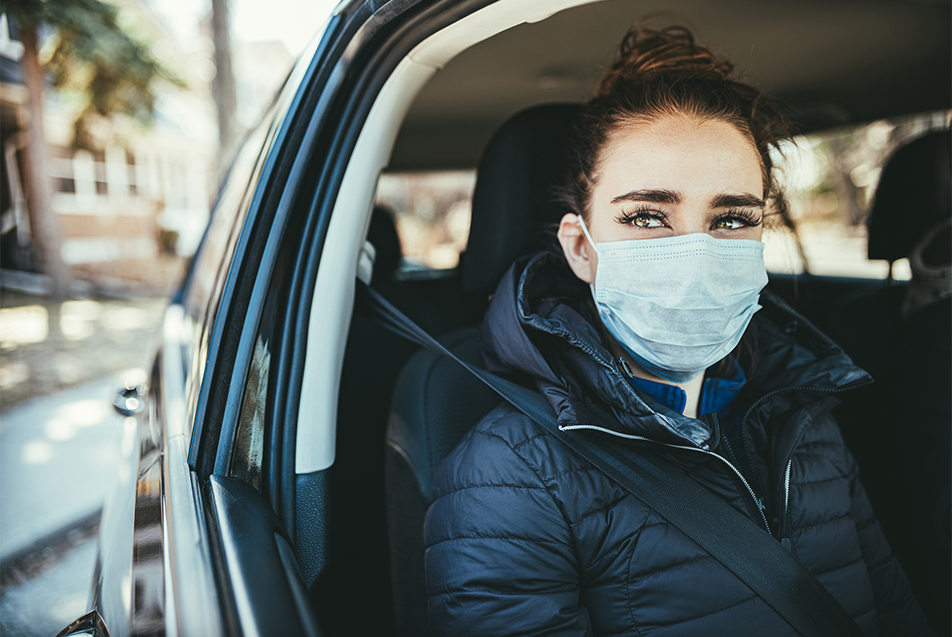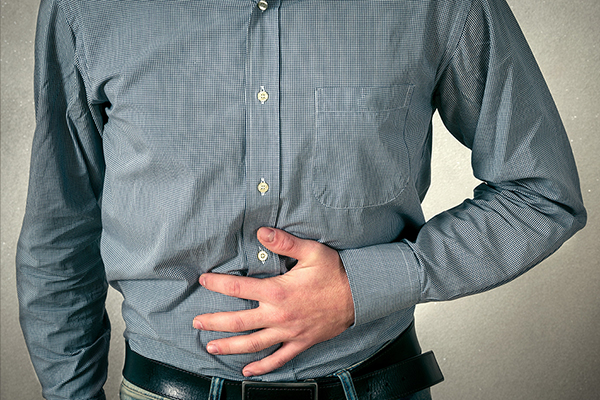
For parents, having a son or daughter return home from college for holiday break is typically a dream come true. There are lots of hugs, [lots of laundry], meals at favorite restaurants and conversations around the dinner table catching up on the semester’s big events. But this year, the COVID-19 pandemic has changed things. Parents have to consider the safety of younger siblings, older relatives and themselves. Scott Yen, MD, PPG – Internal Medicine, provides guidance for these families navigating the uncertainty of the 2020 holiday break.
Testing
Many schools, though not all, are having students test for COVID-19 before they are permitted to leave campus. While this is helpful, it isn’t consistent across all universities and does not completely rule out an infection. If possible, you might want to consider having your child take another COVID-19 test once they’re home. While approximately 80% of new infections will present within eight days of exposure, some can take up to 14 days. You will also want to monitor the student for symptoms and get a test immediately should you suspect they are displaying signs of COVID-19.
Quarantine
It might seem extreme, but if you can, have your student sleep in a separate part of the house and use a separate bathroom, which is cleaned often. Having them use separate linens, such as hand towels, and touch separate surfaces can be very helpful. We recommend keeping things separate for at least seven days after your child’s return. Remember, cleaning – both common areas and separate spaces – is also a crucial part of fighting the virus.
Social gatherings
Social gatherings have been the main driver for this infection. We know that students are excited to reunite with friends and family once they get home, but it’s important to make smart decisions about getting together. If possible, opt to go for a hike or a walk outside, in smaller groups. Take a bike ride or grab a warm beverage and find a nice bench at your favorite park or coffee shop. A virtual gathering is also a great option for catching up.
When it comes to large family gatherings, we urge everyone to consider the risks involved. Being inside, particularly around food, with more than 15 people can greatly increase the risk of contracting the COVID-19 virus. If you are showing any symptoms of COVID-19, it is imperative that you stay home. You should also consider the members of your family and extended family who would be considered high risk.
First lines of defense
Masking, social distancing and hand washing are the best first lines of defense against the virus. For at least the first seven days, students should sit at the other end of the dinner table or at a separate area, preferably six feet away from other members of the family. When inside, for the first seven days, the student should always wear a mask when not eating or drinking and try to maintain distance. The other family members do not need to wear a mask unless they are going to be closer than six feet apart from the student for an extended period of time. Hand washing before and after meals, after using the bathroom, before group activities or food preparation, and before touching your face is encouraged. Set clear expectations and guidelines with younger siblings in the home as well, so that everone is on the same page.
Remember to check in
Take this time together, in person, as an opportunity to reconnect with and check in on your student. The pandemic has changed their social life, their routine and their communication with professors and loved ones. Be sure to get a pulse on their mental health and stress level. Know the signs of trouble and reach out through available resources for help if he or she needs it.



